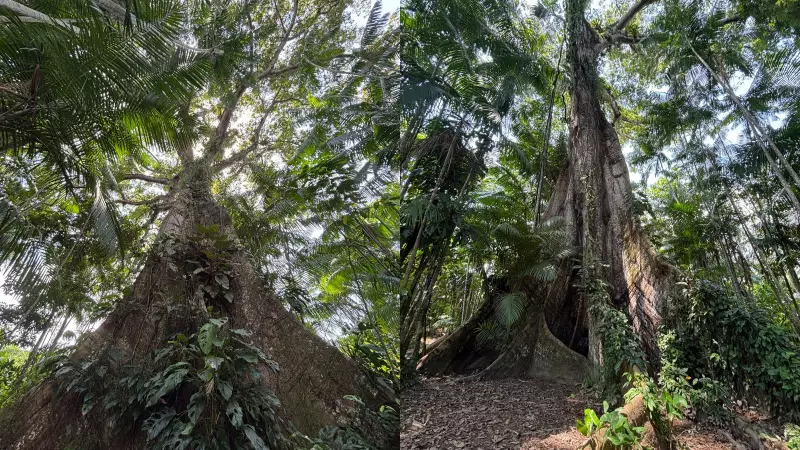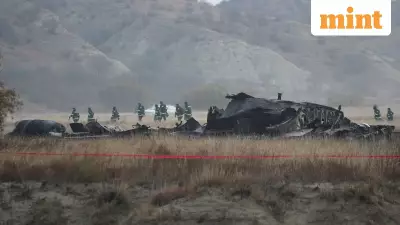
While global policymakers convene at COP30 in Belém to address the climate crisis, Brazil's indigenous communities are spotlighting their deep cultural connection with the Amazon rainforest, centered around the sacred Samaúma tree.
The Queen of the Rainforest
In southern Belém, host city to the United Nations' COP30 climate conference, the Guamá River separates the urban landscape from the vast Amazon rainforest. Towering within this lush ecosystem stands the majestic Samaúma tree, reaching heights of 50 meters and belonging to the Malvaceae family.
Known as the Kapok tree internationally, this botanical giant can grow up to 70 meters tall - equivalent to a 20-storey building - creating a natural canopy that dominates the forest skyline. These ancient trees typically live for 300-400 years, developing buttress roots that stand taller than adult humans.
Cultural Significance and Lifesaving Role
For the Amazon's 400 indigenous communities, the Samaúma represents more than just vegetation - it's a cultural cornerstone and practical survival tool.
"When someone gets lost in the rainforest, our first response is to locate a Samaúma tree," explains Luciene Kaxinawà, a member of the indigenous Kaxinawà community. "We beat the tree's roots with sticks, and the sound echoes through the forest, alerting nearby communities that someone needs help."
This centuries-old practice remains actively used during emergencies, with communities specifically seeking the tallest Samaúma trees for maximum sound projection. The tree holds profound spiritual significance and is worshipped by indigenous groups who see themselves as nature's guardians.
Climate Stabilization and Environmental Threats
The Samaúma plays a crucial role in global climate regulation. According to Marta Regina Pereira, botany researcher at the State University of Amazonas, "The tree's crown releases massive amounts of water vapor through evapotranspiration, directly contributing to cloud formation and rainfall patterns worldwide."
These ecological giants grow rapidly in their initial years, stabilizing between 10-30 years when they reach approximately 30 meters height. Full maturity arrives around the century mark, with most existing Samaúma trees in the Amazon being over 100 years old.
Tragically, deforestation has claimed numerous Samaúma trees over the past decade. Indigenous communities recently staged protests outside the COP30 venue, opposing tree clearance for infrastructure projects, mining operations, and agricultural expansion.
"Samaúma trees are frequently targeted for plywood production due to their sturdy branches and strong trunks," notes Fabian Garcia, a rainforest researcher with two decades of experience.
Photosynthesis Powerhouse
The Samaúma's exceptional height gives it unparalleled photosynthetic capacity. Garcia explains that "the tree's vast foliage receives direct sunlight, leading to increased oxygen production. During photosynthesis, approximately 1,000 liters of water travel up the trunk through the roots."
These centuries-old trees have been absorbing atmospheric carbon dioxide for generations, contributing significantly to the Amazon's reputation as Earth's lungs. The rainforest hosts 16,000 tree species and absorbs an astonishing 2 billion tonnes of carbon dioxide annually according to global statistics.
As Prazares Quaresems, a Combu island resident, emphasizes: "While COP30 has put Belém on the world map, people need to understand that nature and the Samaúma form the root of our existence. Protecting these indigenous trees is essential for our survival."





